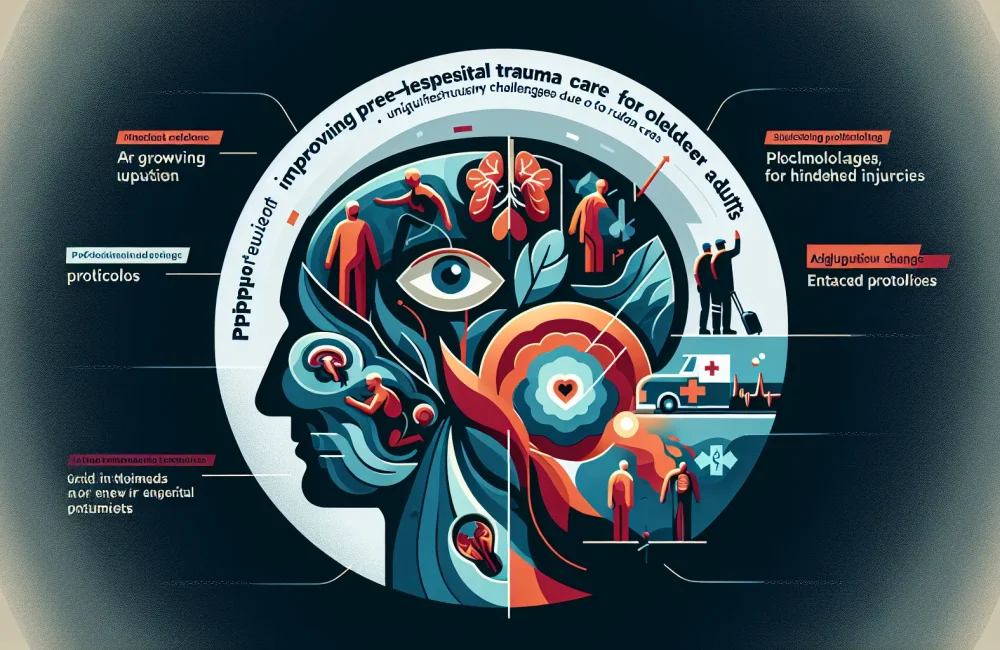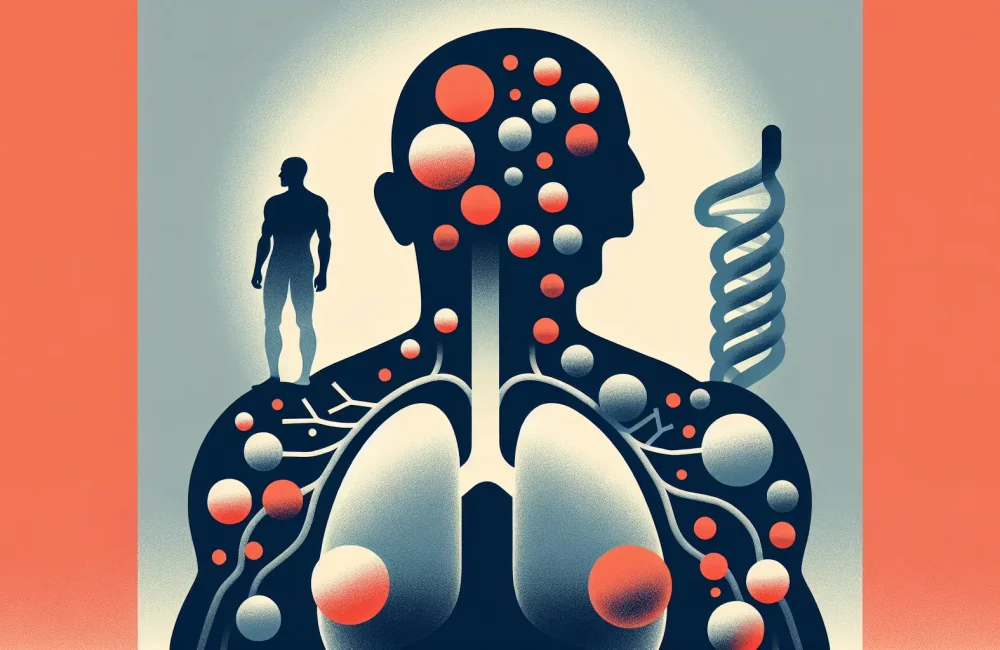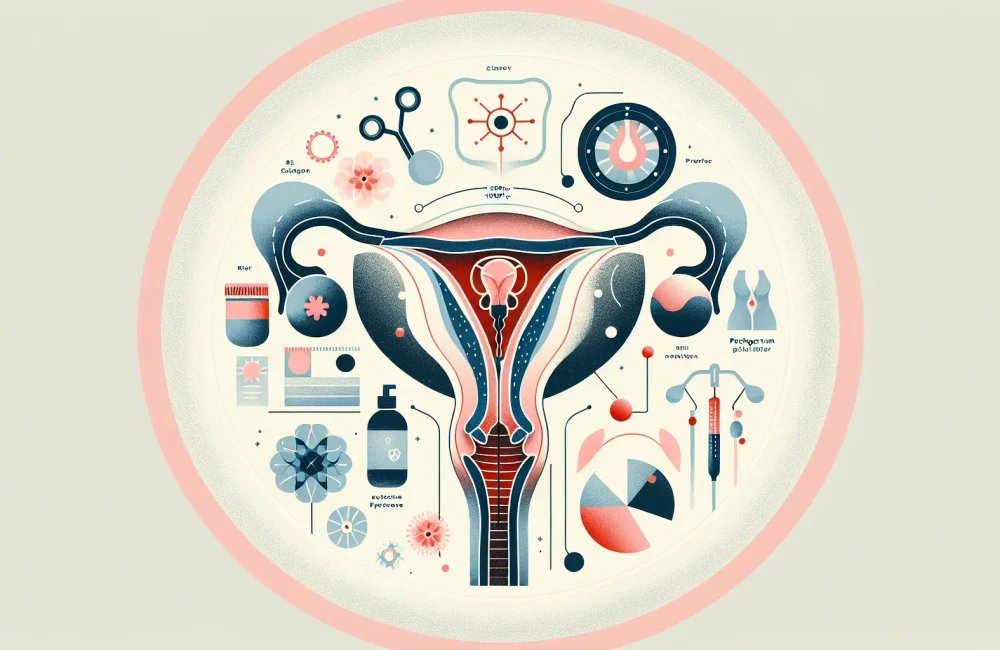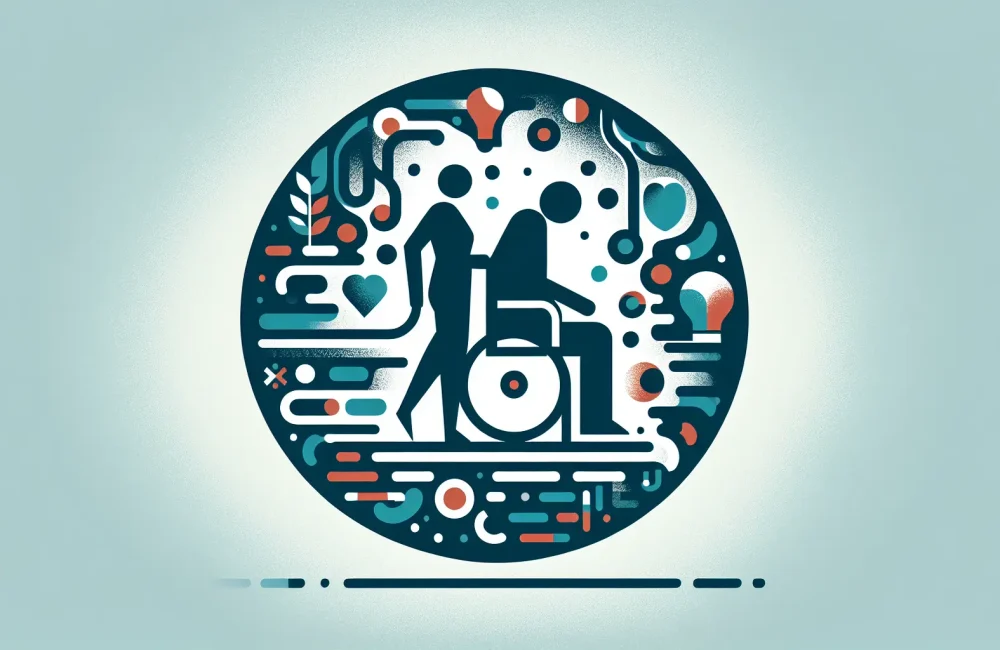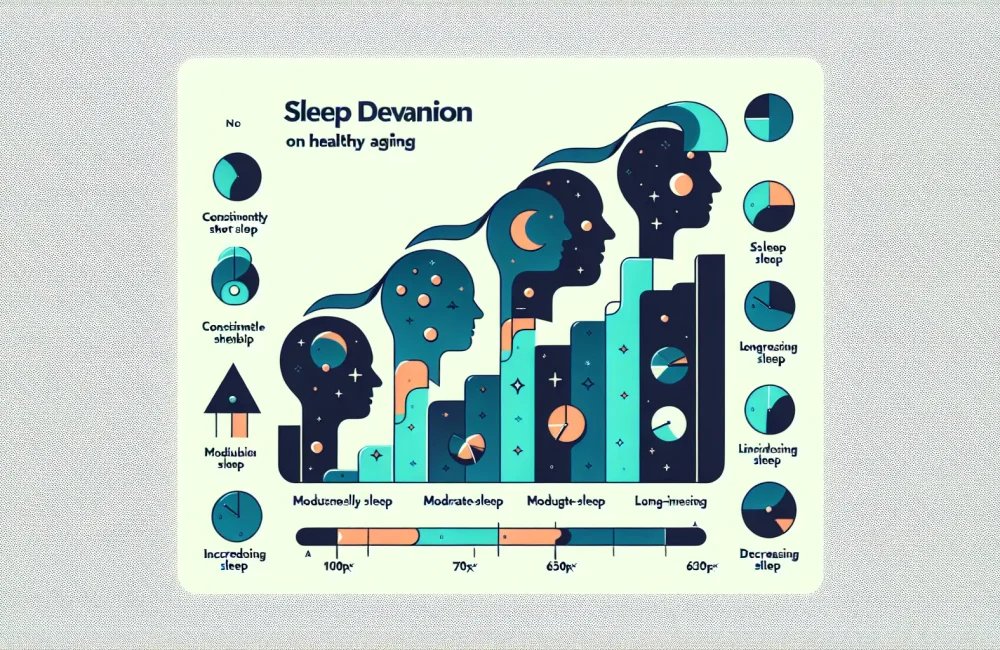By CAFMI AI From Frontiers in Medicine (Open Access)
Ageing-Related Changes Affecting Prehospital Trauma Care
The growing population of older adults presents unique challenges in trauma care, particularly in the prehospital setting where the first points of medical contact occur. Ageing induces complex physiological alterations—including reduced cardiovascular reserve, diminished pulmonary function, and frail musculoskeletal systems—that can complicate assessment, stabilization, and transport decisions after trauma. These changes often mask typical injury signs or alter vital sign parameters, making conventional trauma triage less reliable for older patients. Prehospital providers must adapt their protocols and clinical reasoning to address these ageing-related differences, emphasizing vigilant, age-specific assessment to identify severity and prioritize interventions. For example, older adults may require higher index suspicion for hidden internal injuries despite apparently minor trauma mechanisms. Clinical implications include the necessity for enhanced training of emergency medical services (EMS) personnel in geriatric physiology, and implementation of modified triage tools tailored for older adults. Through these approaches, better identification of serious injuries can be achieved early, potentially reducing morbidity and mortality in this vulnerable group.
Challenges and Strategies in Delivering Prehospital Trauma Care to Older Adults
Caring for older adults in prehospital trauma situations poses several operational and clinical challenges. Older patients frequently have comorbidities such as hypertension, diabetes, or cognitive impairment that can complicate assessment and treatment. Polypharmacy increases risk of adverse drug interactions and masking of symptoms. Additionally, age-associated changes like decreased skin turgor and atypical inflammatory responses can delay recognition of injury severity. Communication barriers due to sensory deficits, cognitive decline, or delirium further hinder the collection of accurate history and consent. From a practical standpoint, immobilization and extrication procedures require adjustment to prevent exacerbating frailty-related injuries and pain. Future directions in prehospital care involve integrating geriatric assessment tools, developing tailored clinical practice guidelines, and utilizing technology such as telemedicine consultations for specialist input during prehospital care. Educating EMS teams about geriatric trauma principles and improving coordination with receiving hospitals are key steps to enhance continuum of care and optimize outcomes for older trauma patients.
Clinical Implications and Future Directions for Practice
Recognizing the distinctive needs of older trauma patients in prehospital settings informs multiple clinical and system-level improvements. Clinicians should maintain a high index of suspicion for serious injuries in older adults regardless of trauma mechanism or initial presentation. This requires nuanced interpretation of vital signs and symptoms that may not align with younger adult norms. Standard trauma scoring systems may need modification to better predict outcomes in the geriatric population. Clinicians should also focus on rapid, but gentle, immobilization techniques to minimize additional injury and pain, along with vigilant monitoring for complications such as shock, hypoxia, or delirium. Furthermore, planning for post-transport care and communicating crucial information to hospital teams are essential to ensure seamless transitions in trauma management. Research priorities include validation of geriatric-specific triage criteria, development of EMS training modules, and exploration of innovative technologies to support field assessments and decision-making. Ultimately, these efforts aim to reduce mortality and morbidity from trauma in the older adult population by aligning prehospital care practices with their unique physiological and clinical profiles.
Read The Original Publication Here
